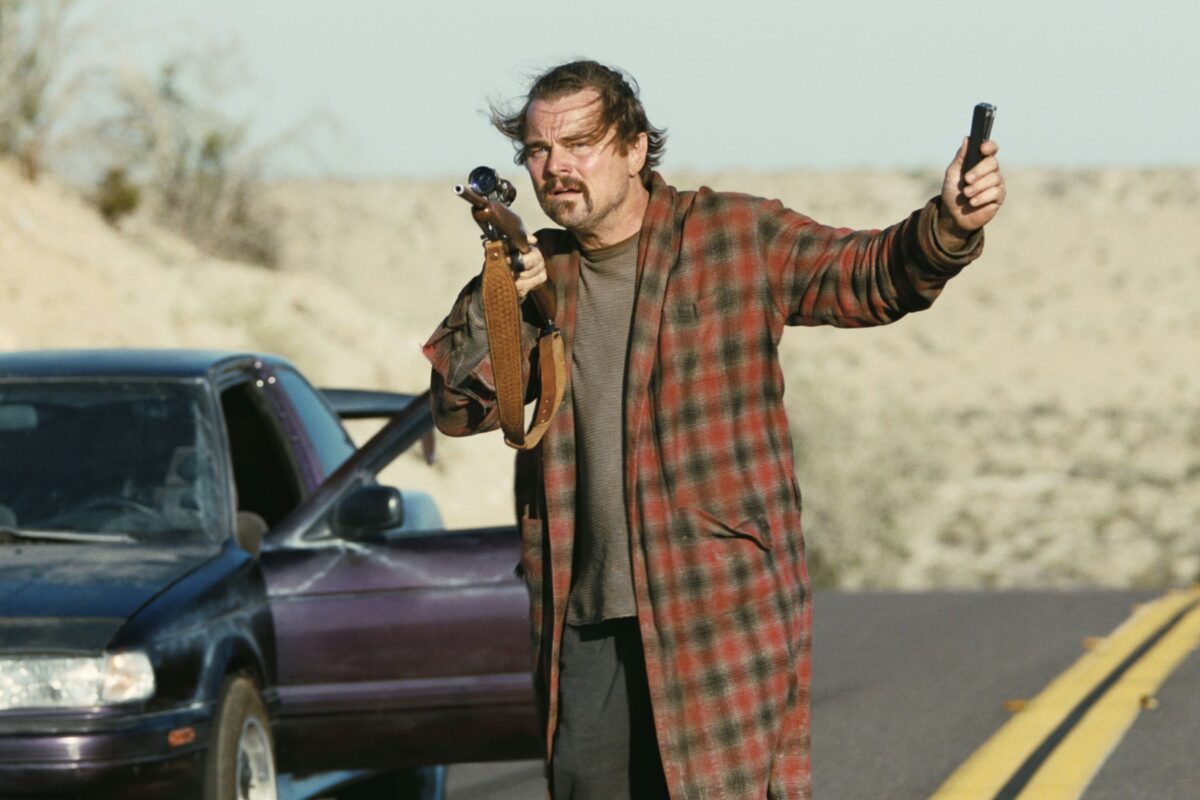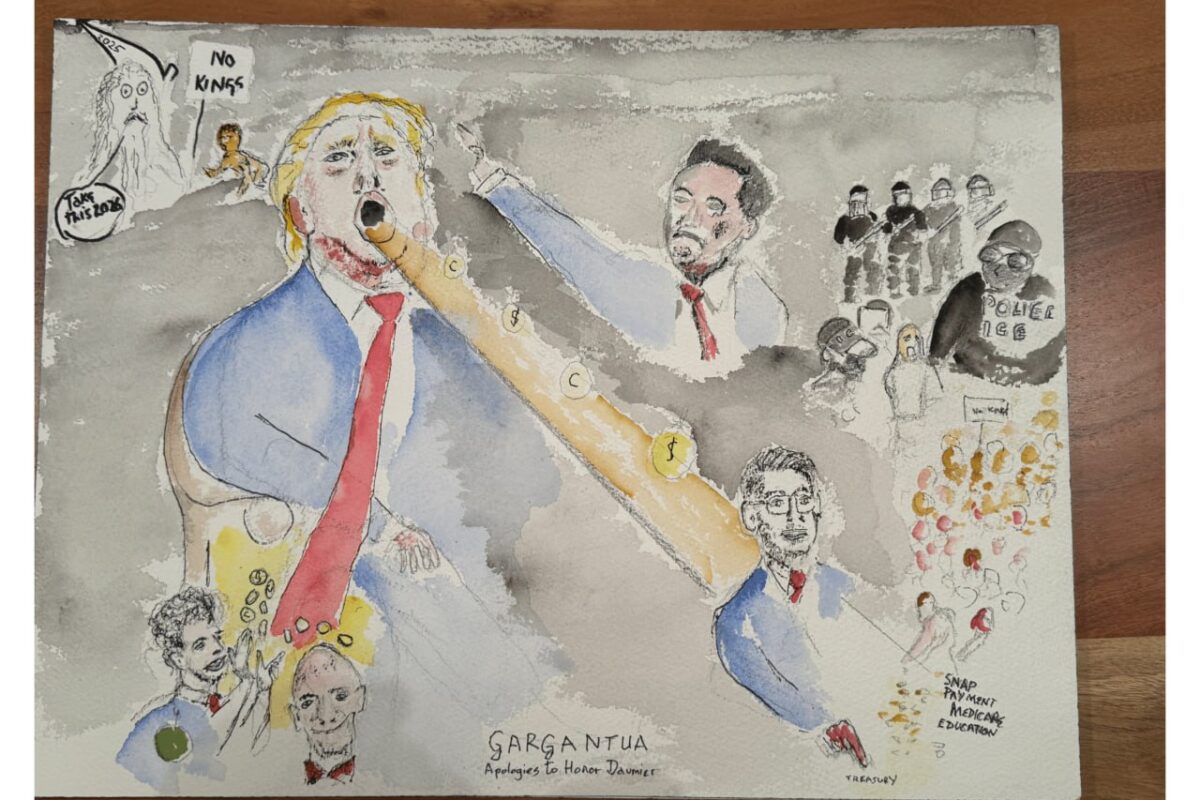80 years ago Pablo Picasso painted one of his most famous works in response to the destruction of the Basque city of Guernica. Phil Butland explains why it is one of the most impressive anti-war paintings, and how it was part of a new way of understanding and creating art.
At about 4:30 pm on April 26, 1937, the first German bomb fell on the Basque town of Guernica. It was a Monday, and many inhabitants of the neighbouring villages were visiting the market. Many of the town’s menfolk were already fighting in the Spanish Civil War, so most of the people affected by the bombing were women, children, and the 3,000 war refugees who were already living there.
After a first round of bombing, the Wehrmacht pilots waited until people left their bunkers to look after the wounded. As they scrambled out of their shelters, a second, and longer, wave of bombing began. It was accompanied by low-flying fighter planes, which strafed the streets with machine-gun fire.
Eye-witness Juan Guezureya described what he saw:
“They kept just going back and forth, sometimes in a long line, sometimes in close formation. It was as if they were practising new moves. They must have fired thousands of bullets.”
The bombing and shooting spree by German aircraft under the command of Wolfram von Richthofen lasted over three hours. One hundred thousand pounds of highly explosive and incendiary bombs were deployed. Three quarters of all buildings in the town were completely destroyed. In the Times, the British war correspondent George Steer reported
“Throughout the night houses were falling until the streets became long heaps of red impenetrable debris”.
The power of Picasso’s Guernica
Anyone looking at Picasso’s ‘Guernica’ without any prior knowledge will learn little about the historical events which took place in the Basque town. Picasso’s biographer, the recently deceased John Berger described the picture as follows:
“There is no town, no aeroplanes, no explosion, no reference to the time of day, the year, the century or the part of Spain where it happened. There are no enemies to accuse. There is no heroism.”
Yet we immediately recognize pain and misery, suffering and death. Like virtually no other work of art – a possible exception is Edvard Munch’s ‘The Scream’ – ‘Guernica’ contains no historical facts, preferring to show the pure emotions felt by the victims of a massacre. A woman looks above, crying helplessly, as her dead baby lies still in her arms. A horse screams with fear. The ground is strewed with mutilated body parts.
Berger explains the effect of the picture: “we are made to feel their pain with our eyes”. And all that we can see is monochrome angst. Picasso deliberately used no colour, as he believed that this would distract from the horror. ‘Guernica’ works so well as a piece of art because it speaks to emotions which cannot be put into words. It articulates the horrific by simply showing us horror.
Some critics have made a great deal of effort trying to determine the precise meaning of different parts of the work: what does this bull or that horse stand for? Why is this woman crying? This approach is legitimate, but in my opinion it missed the core of ‘Guernica’s’ magnificence.
Picasso himself explained his choice of imagery as follows:
“this bull is a bull and this horse is a horse… If you give a meaning to certain things in my paintings it may be very true, but it is not my idea to give this meaning. What ideas and conclusions you have got I obtained too, but instinctively, unconsciously. I make the painting for the painting. I paint the objects for what they are””
No accidental attack
In the aftermath of the air attack, apologists for Franco and his German supporters argued that the town had a military significance. The evidence is, however, very flimsy. It is true that there were two armaments factories on the edge of the town, but neither was damaged by the bombing spree.
It is much more likely that Guernica was deliberately targeted to prevent Basque participation in the Spanish Civil War. During the war, the Basque parties were reluctant to clearly take sides.
In October 1936, an autonomous Basque government was formed with the Christian Democrat José Antonio Aguirre as president and the participation of left parties. This government formally supported the Spanish Republic but was also willing to make compromises with Franco. For example, after the fall of Bilbao, it negotiated the Santoña Agreement (also known as the Santoña Treason) independently of the republican forces.
In 1935, German general Erich Ludendorff published the pamphlet ‘Der Totale Krieg’ (The Total War) in which he argued that in war, no one is innocent; everyone is a combatant and everyone a target, soldier and civilian alike. In the same period, Emilio Mola, the Spanish general responsible for the campaign in the North said
“It is necessary to spread terror. We must create the impression of mastery, eliminating without scruples or hesitation all those who do not think as we do”.
Hitler cited Guernica as a template for the bombing of Warsaw in 1939, and Goering spoke of Guernica as a “testing ground”. It is hard to believe, then, that the attack on Guernica was anything other than an attempt to deepen the division between the Basques in the North and the Republicans in the South.
With the aerial bombardment, General Franco showed that he was prepared to kill Basque civilians if their government were to even consider supporting the Spanish Republic.
Picasso responds – to different reactions
Picasso had been living in exile in France since 1901. Some art historians have suggested that he was not political during this time, although his circle of friends always contained a number of leftist activists. In 1938, his good friend Andre Breton wrote the Manifesto for an Independent Revolutionary Art together with Leon Trotsky and Diego Rivera. Picasso’s partner Dora Maar, whose work was essential to the creation of ‘Guernica’, was a member of the French Communist Party (PCF), which Picasso eventually joined in 1944.
In 1937 he produced his first explicitly political work: ‘The Dream and Lie of Franco”. 18 (originally 14) etchings depicted Franco in ridiculous poses. Initially, the etchings were meant to be sold as postcards from the Spanish Pavilion in the 1937 World Exposition in Paris, in order to raise money for the Spanish Republic. After the bombing of Guernica, Picasso decided to make a new picture.
The reactions to his new painting were not universally positive. It was to be expected that Emanuel Paul Frank, art historian from Nazi Germany would write “It is a confusion of incomprehensible symbols and human body parts which looks like it has been drawn by a four-year-old child”.
Yet many left-wing critics were also clearly unimpressed. In ‘L’Humanité’ the newspaper of the PCF, the poet Louis Aragon reported on the Exposition without mentioning Picasso’s painting at all. Some left-wing Spanish officials at the Exposition tried to replace Picasso’s picture with Horacio Ferrer de Morgados’s kitschy ‘Madrid 1937 (Black Aeroplanes)’.
Despite such half-hearted backing, ‘Guernica’ continued to play a practical role in supporting the Republican forces, and was sent on a tour of Scandinavia, England and the USA. The entrance fee was usually the cost of a pair of used boots for a Republican soldier. These boots were sent directly to the Republican army.
Picasso and the Communists – a tense relationship
Why did Picasso’s critics in and around the Communist Party react to ‘Guernica’ with such revulsion? Morgados’s painting was preferable to many communists because the raised fists and red scarves made it easier to understand who the heroes in the picture were supposed to be.
Such blinkered Philistinism was in full accord with the orthodoxy of Socialist Realism which was influential amongst the Left in the 1930s (and still perseveres in some circles). It suffices here to say that Picasso’s experimentation with form was not fully appreciated by some leftist critics.
At the same time, precisely because he had not yet joined the PCF, Picasso was probably allowed more room to manoeuvre than was expected of artists who were party members. As a “Fellow Traveller”, the communists lauded his political engagement and claimed him as one of theirs while seeing much of his art as irresponsibly decadent.
Ironically, John Molyneux is almost certainly correct when he says “I can think of no Socialist Realist painting on any subject whatsoever that has had anything approaching the impact of Guernica.”
None of this is to say that triumphant realist art was incapable of responding to the horrors of the Spanish Civil War. 1937 also saw the making of ‘Aidez L’Espagne’, a superlative painting by the Catalan artist Joan Miro, better known for his more abstract paintings. It shows a Catalan peasant with a defiant clenched fist.
The Spanish Republican government made a stamp using this image which was used to finance their fight against the fascists around Franco. And yet even Miro’s superb painting fails to engage us in the same way that ‘Guernica’ does.
The legacy of Picasso’s ‘Guernica’
It is often said that the destruction of Guernica was the first bombing of a civilian population. This is not, strictly speaking, correct. In 1914, German Zeppelins bombed Antwerp, killing 10 civilians. In the 1920s, Winston Churchill and Arthur “Bomber” Harris developed the strategy of “Aerial Policing”, which involved the deadly bombing of the Arab population in Iraq.
Even during the Spanish Civil War, the German and Spanish Air Forces had bombed population centres in Madrid, Barcelona and Valencia before the first bomb fell on Guernica. Later, other cities would be destroyed – Coventry, Dresden, Hiroshima, and more recently Gaza and Aleppo. Guernica was neither the first nor the deadliest instance of a bomb attack on civilians, but thanks to Picasso it has become a representative of all such war crimes.
During the Iraq war, a tapestry reproduction of ‘Guernica’ was hung in the UN building (let’s pause to think here which other radical work of art has hung in the UN building and the Museum of Modern Art in the US as well as the Prado and Reina Sofia museums in Madrid). Before the visit of US Secretary of State Colin Powell and his deputy John Negroponte, a blue curtain was hung in front of the tapestry so as not to embarrass the warmongerers.
Above all, ‘Guernica’ stands in judgement over the indiscriminate mass killing of civilians. The bombing of Guernica happened 80 years ago, but the massacres continue. After the destruction of Aleppo, Portuguese cartoonist Vasco Gargalo reimagined the picture, saying “The suffering of the Syrian people is not any different”.
Art after Auschwitz
Theodor Adorno said “to write a poem after Auschwitz is barbaric ”. He meant, firstly, that poetry – and art in general – could not prevent either Auschwitz or Guernica – but also that it is impossible for art to directly reproduce unimaginable horror.
In a similar vein, the architect Peter Eisenman has said of his ‘Memorial to the Murdered Jews of Europe’ in Berlin: “it is a little too aesthetic. It looks a little too good. Not that I wanted something ugly, but I didn’t want something that looks like Design. I wanted the ordinary, the banal.”
Some of the excesses of late capitalism – the Holocaust in particular, but also Hiroshima and the bombing of Guernica – are almost literally impossible to comprehend. For many artists, it is insufficient to merely depict this horror – they need a more personal relationship.
This realisation helped produce the artistic movement of Modernism. From Brecht’s plays and James Joyce’s novels to Picasso’s art, this was an attempt to develop an art form for an age in which the reproduction of beautiful landscapes was no longer sufficient.
Modernism did not, of course spring from nowhere. Particularly Picasso’s depictions of the horrors of war have their antecedents in Francisco Goya’s series of pictures ‘The Disasters of War’, made in response to the Napoleonic Wars. The curators of Madrid’s Reina Sofia Museum (where ‘Guernica’ currently hangs) acknowledge this when they say “The grotesque vision that Goya brought to his political critique was not lost on artists as a powerful tool for crafting their own views of the present.”
Nevertheless, the development of Modernism in the uncertain period between the wars marks a qualitative shift and ‘Guernica’ is one of the best and most convincing Modernist works. It is exactly the absence of historical fact and of heroes that allows us to see every war in the picture, and to develop a generalized criticism of the capitalist system.
When Picasso painted ‘Guernica’, he said
“my whole life as an artist has been nothing more than a continuous struggle against reaction and the death of art. In the picture I am painting — which I shall call Guernica — I am expressing my horror of the military caste which is now plundering Spain into an ocean of misery and death.”
Picasso felt this revulsion against the depravity of the caste throughout his life, and this revulsion has inspired his successors in the new Spanish Left, not least in their struggle against forgetting the Civil War and against any new Guernicas.
Suggested reading: John Berger, The Success and Failure of Picasso




